


Understanding Winter Storms: A Deep Dive
Winter storms are complex meteorological events that occur when cold air interacts with moisture in the atmosphere, resulting in a combination of snow, sleet, freezing rain, or ice. These storms vary in intensity and duration, but all have the potential to disrupt daily life and cause significant impacts on infrastructure, ecosystems, and human activity.
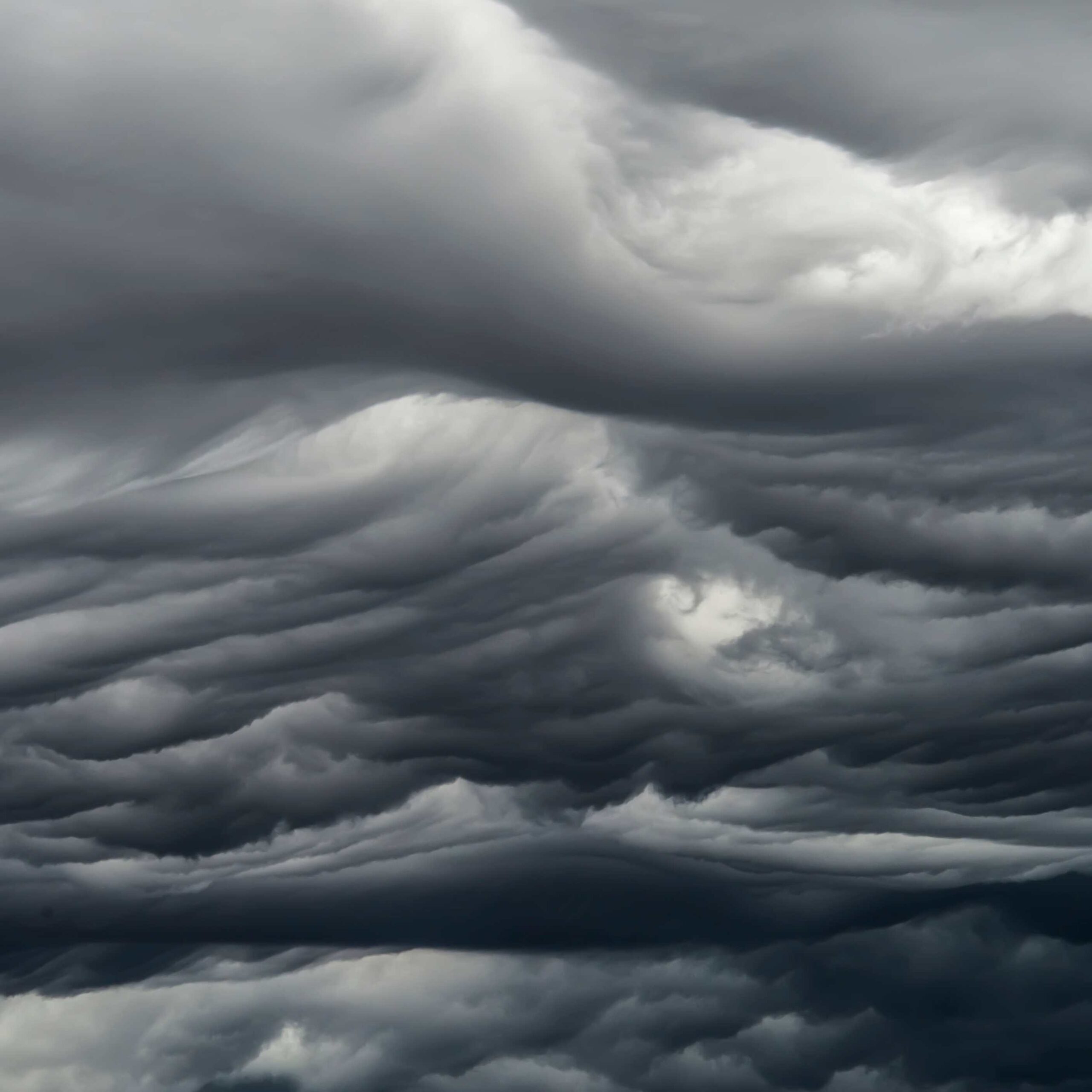
Formation of Winter Storms
Winter storms form under specific atmospheric conditions:
Cold Air: Freezing or near-freezing temperatures are necessary for snow and ice formation.
Moisture: This is often sourced from large bodies of water or atmospheric systems carrying humid air.
Lift: A mechanism such as a cold front, warm front, or low-pressure system forces warm, moist air upward, cooling it and allowing precipitation to form.
When these elements align, the result can range from light snowfall to intense blizzards.
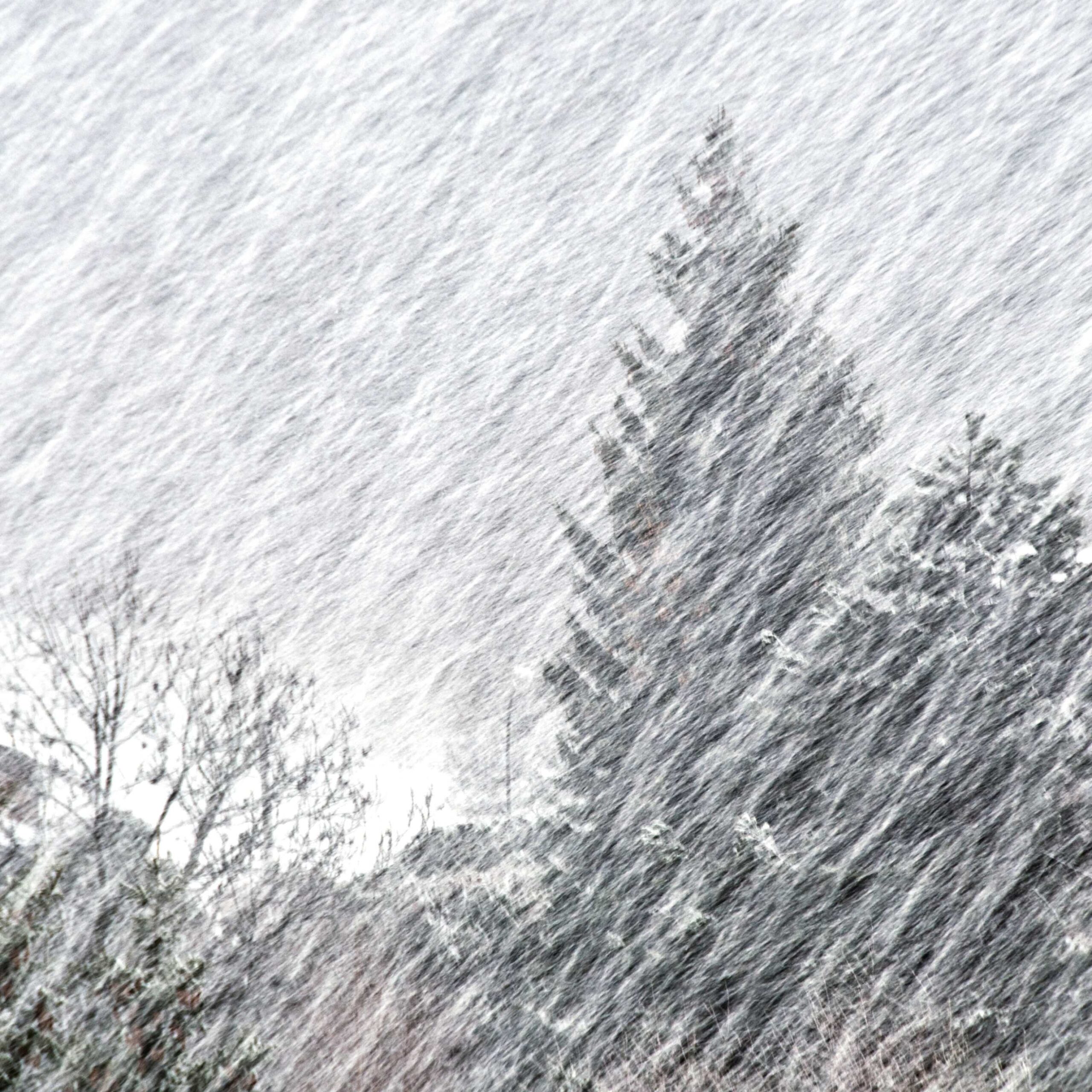
Types of Winter Precipitation
Snow: Occurs when the entire atmospheric column remains below freezing, allowing ice crystals to reach the ground intact.
Sleet: Happens when snow partially melts in a warmer layer of air before refreezing into pellets as it falls through a colder layer near the ground.
Freezing Rain: Forms when snow melts completely in a warm layer and refreezes on contact with cold surfaces, creating a layer of ice.
Ice Storms: A specific type of freezing rain event where significant ice accumulation occurs, often causing extensive damage.
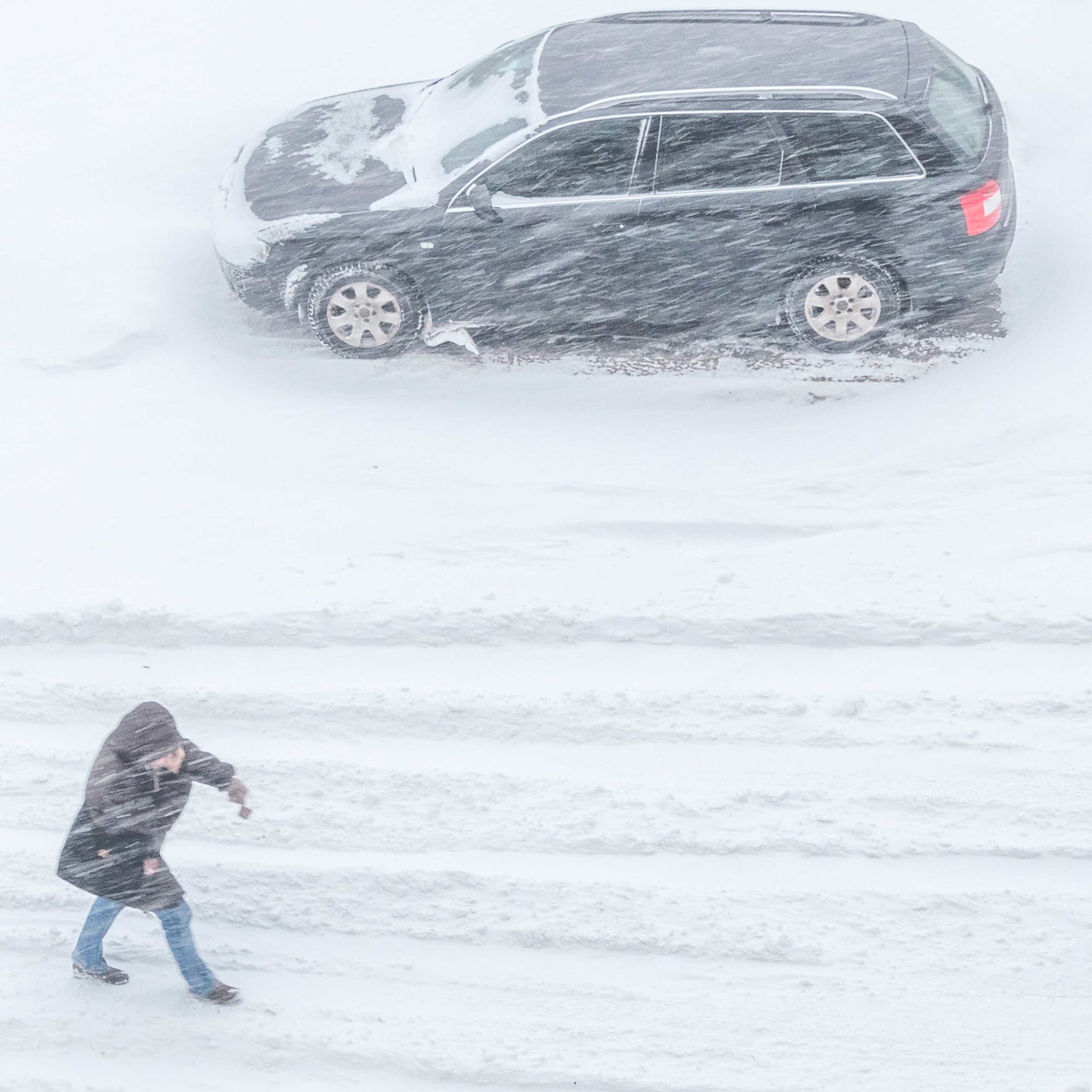
Characteristics of Winter Storms
Storms: Known for heavy snow, strong winds, and coastal flooding.
Blizzards: Defined by sustained winds of 35 mph or more and visibility reduced to less than a quarter mile for at least three hours. Dangerous due to whiteout conditions and extreme wind chills.
Lake-Effect Snow: Occurs when cold air passes over a warmer lake, picking up moisture and depositing it as snow on the downwind side. Highly localized but can lead to extreme accumulations.
Nor’easters: Powerful storms that develop along the U.S. East Coast, drawing moisture from the Atlantic Ocean.
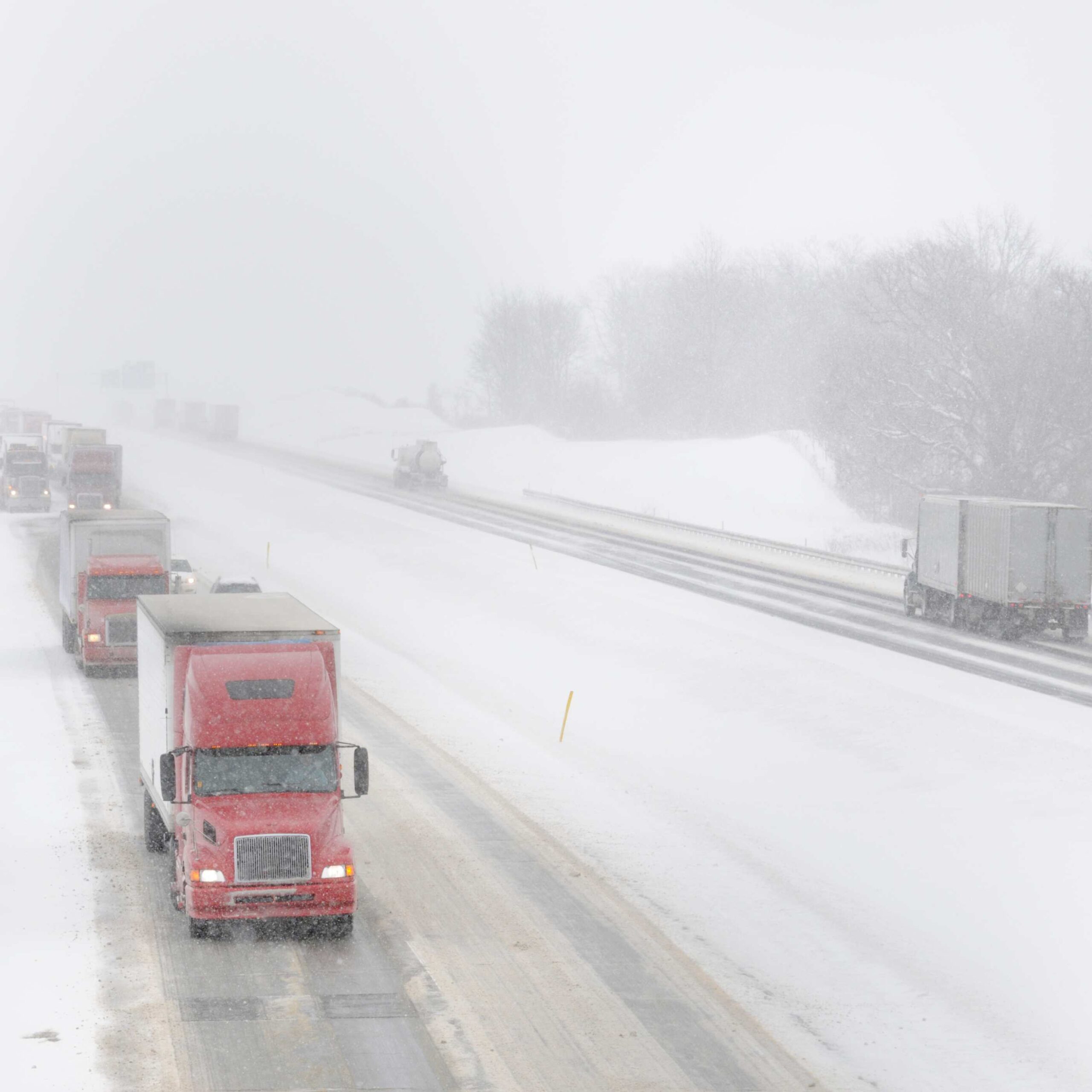
Impacts of Winter Storms
Infrastructure Damage: Snow and ice accumulation can collapse roofs, damage power lines, and freeze pipes. Roads become hazardous, with ice making driving particularly treacherous.
Economic Effects: Transportation delays disrupt supply chains. Businesses close, and snow removal costs strain local budgets.
Human Health Risks: Frostbite and hypothermia from prolonged exposure to cold. Strain on emergency services during widespread power outages and road closures.
Environmental Impacts: Snowpack provides critical water resources when it melts, but rapid thawing can cause flooding. Wildlife may struggle to find food or shelter during prolonged storms.
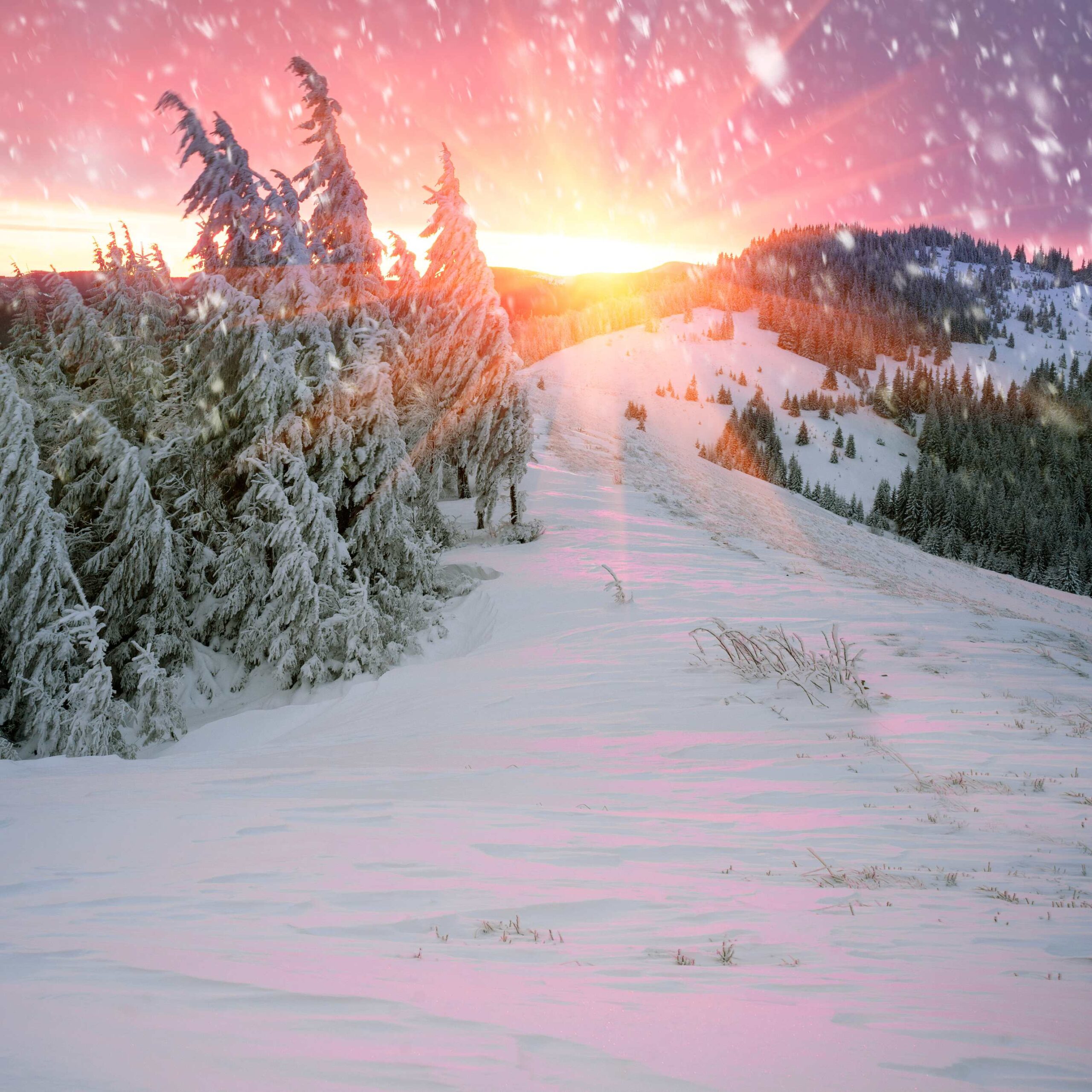
Geographic Influence
The intensity and frequency of winter storms depend on geography:
Flat Plains: Open landscapes can exacerbate blowing and drifting snow, creating hazardous whiteout conditions.
Mountainous Regions: Higher elevations often experience heavier snowfalls due to orographic lifting, where moist air is forced upward over mountains.
Coastal Areas: Proximity to warm ocean waters can enhance storm strength, leading to heavier precipitation and stronger winds.
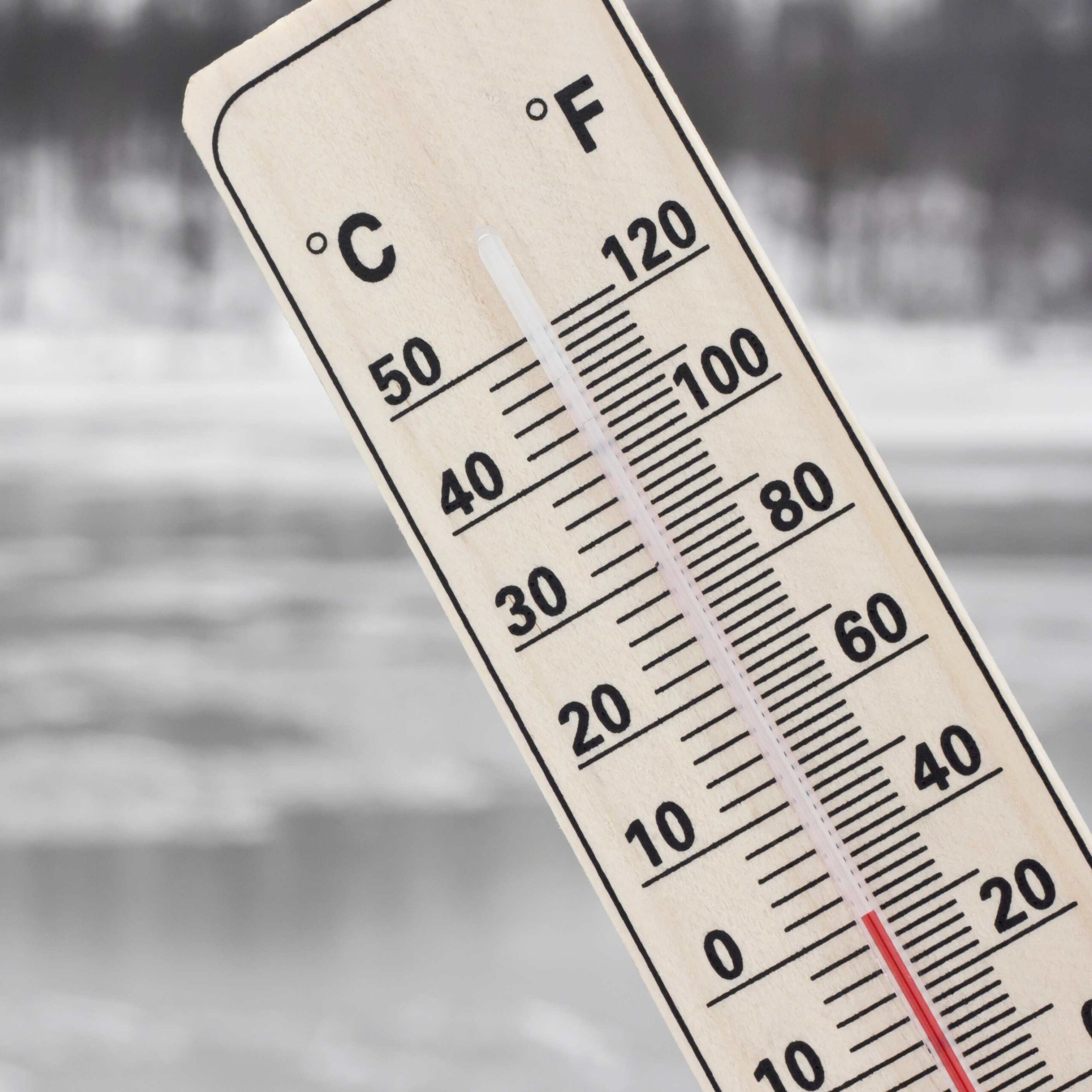
Scientific Advancements in Prediction
Modern technology has improved the ability to forecast winter storms, providing critical lead times for preparation. Meteorologists rely on:
Satellites: Monitor cloud formation and track storm systems.
Radar: Detects precipitation type and intensity.
Computer Models: Simulate atmospheric conditions to predict storm development and movement.
Despite advancements, the unpredictable nature of storm tracks and intensity means that winter storms still pose a significant challenge to forecasting.